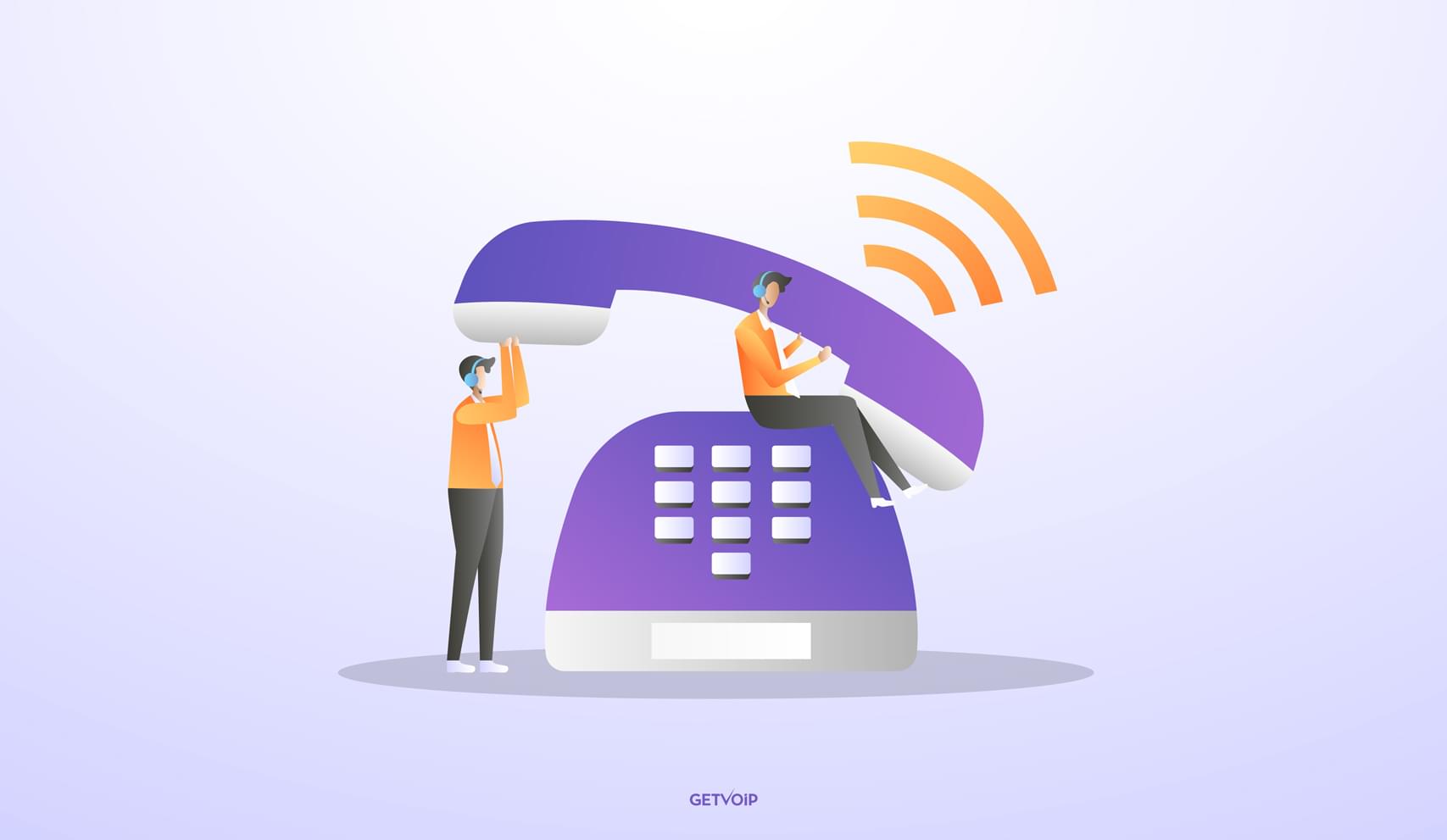Auto dialers are a type of predictive dialer software. They come in various forms and perform different functions – generally having the commonality of (as their namesake gives away) calling telephone numbers automatically. Auto dialers usually come in handy when time is of the essence in dialing or it is simply impractical/inefficient to allocate an individual.
Auto dialers have features that increase the chances that a caller will reach a person instead of voice mail, even dialing new numbers when it predicts an agent will be available based on call analytics. Though much-maligned, an auto dialer is a useful tool for sales, the healthcare and hospitality sectors, and for emergencies. VoIP auto dialers can work through computers or through PBX systems that use SIP trunks.
How Do Auto Dialers Work?
In order for an auto dialer to work, there must be a computer running the software, a person answering the phones, a voice modem, and an active telephone line. The voice modem allows the computer to play recorded audio over a telephone line, though using VoIP often eliminates the need for any equipment.
As for standard desktop computers, they currently have two to four internal modem cards; the more modems you have, the more concurrent calls a call center software can make. The software will tell the computer which numbers to dial, and what to do when there is a busy signal, a voice mail, or an actual live person who picks up the phone. Before the phone can connect, the auto dialing software must decide what number to call and for how long.
In the past, an auto dialer might just dial every combination of numbers at random, a process which is now called “war dialing.” Auto dialers today select from database of leads. Most calls are picked up by a person in the first 25 seconds, or the time it takes to ring four times. After that, the call is usually forwarded to voice mail, so the auto dialer will drop a call if no one answers by 25 seconds. The call is also dropped if it encounters a busy signal.
Auto dialers sometimes have voice detection software, built to recognize whether or not it is an actual person and not a voice mailbox. At that point, the auto dialer will take the appropriate action by routing the call to a recorded message or a live operator. If there are no live operators at the moment, it will play a recorded message and even put the caller on hold.
The software compiles statistics based on how long each call lasts, whether the phone is answered by a person or a voice mailbox, and other information. From that information, the auto dialer uses what’s called predictive dialing to make calls before the agent has even hung up the phone. Ideally for the call center, as soon as the agent finishes with one caller, the agent will immediately connect with another caller.
Types of Auto Dialing
Preview Dialer:
Call information is delivered prior to connecting, at which the agent decides whether or not to field the call.
Voice Broadcasting:
A message created in advance is delivered to voicemails or individuals based on destinations which are also pre-set. If unable to connect, the phone systems will typically make another attempt at a later time by negotiating an alternate schedule.
Progressive Dialer:
Simultaneous issuing of the number to the agent amidst dialing – think of it as getting all the details of a call and having only a few seconds to react.
Predictive Dialer:
The ultimate time-saver, involving a system that decides on whether to connect the call based on successfully reaching an individual. Voicemail, busy signals, and more roadblocks to calling will result in the call being terminated.
Smart Predictive Dialer:
Places calls, plays recorded messages and prompts, and passes the calls to agents only when the called individual requests a contact. ”
The Downsides of Auto Dialers
Though call center dialers can be beneficial and an even proactive tool for completing the circuits of communication, they are also responsible for voice broadcasting or robocalling – especially in a way that is ‘spammy’ and intended for solicitation. A huge appeal to auto dialers is the simple fact they are cheap and/or free to run by using VoIP. Without the need for physical wires, auto dialers using VoIP can be scaled up almost infinitely, making hundreds of calls simultaneously with little or no maintenance or intervention of call center employees. In the most negative of cases, this means lots of calls made without accountability or regulation. On the other hand, auto dialers are especially useful in some environments, saving a lot of time and money in the process.






![What is Omnichannel Customer Service? [Benefits & Tips] What is Omnichannel Customer Service? [Benefits & Tips]](images/omni-channel-explained-350x203.png)

